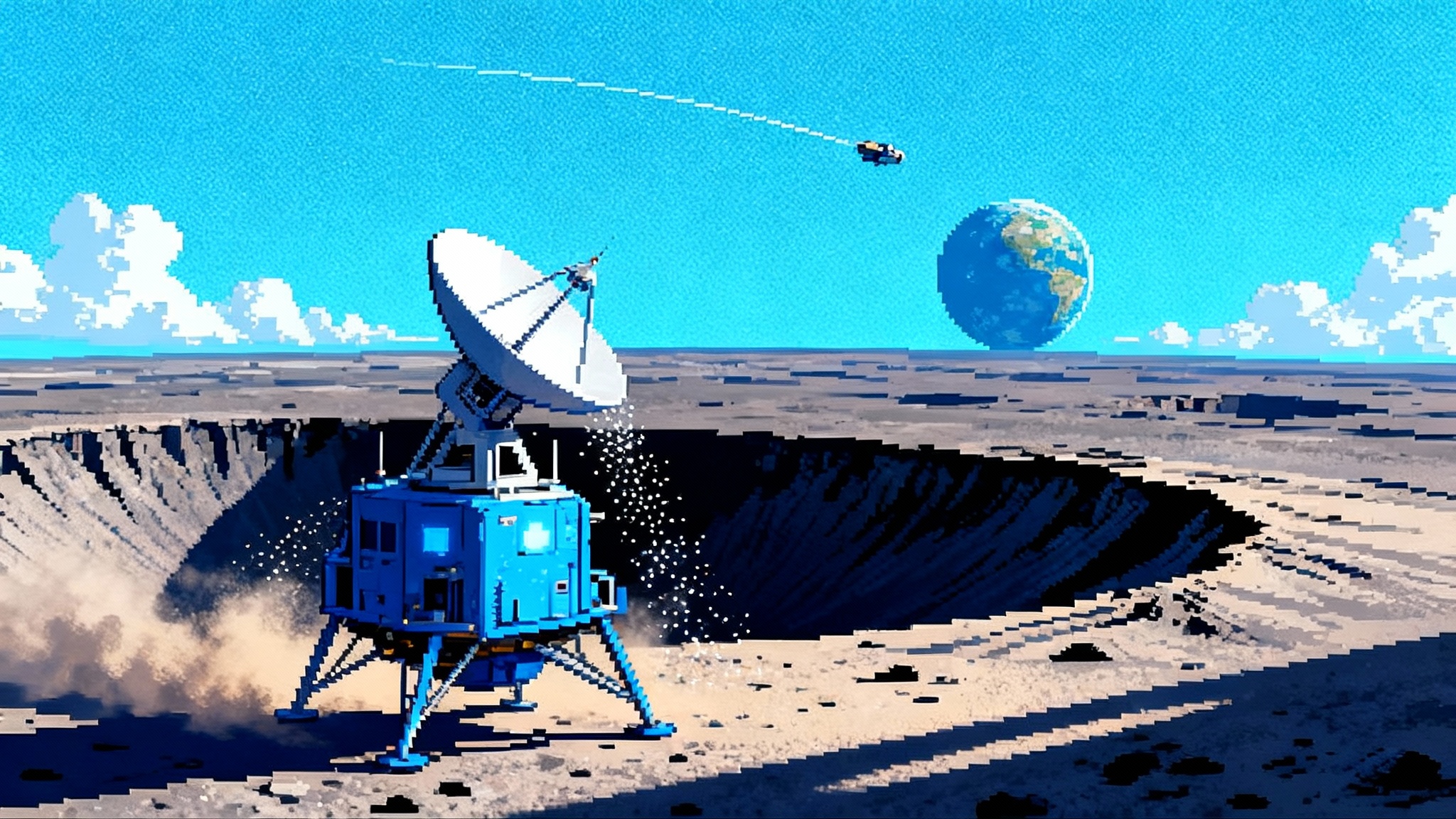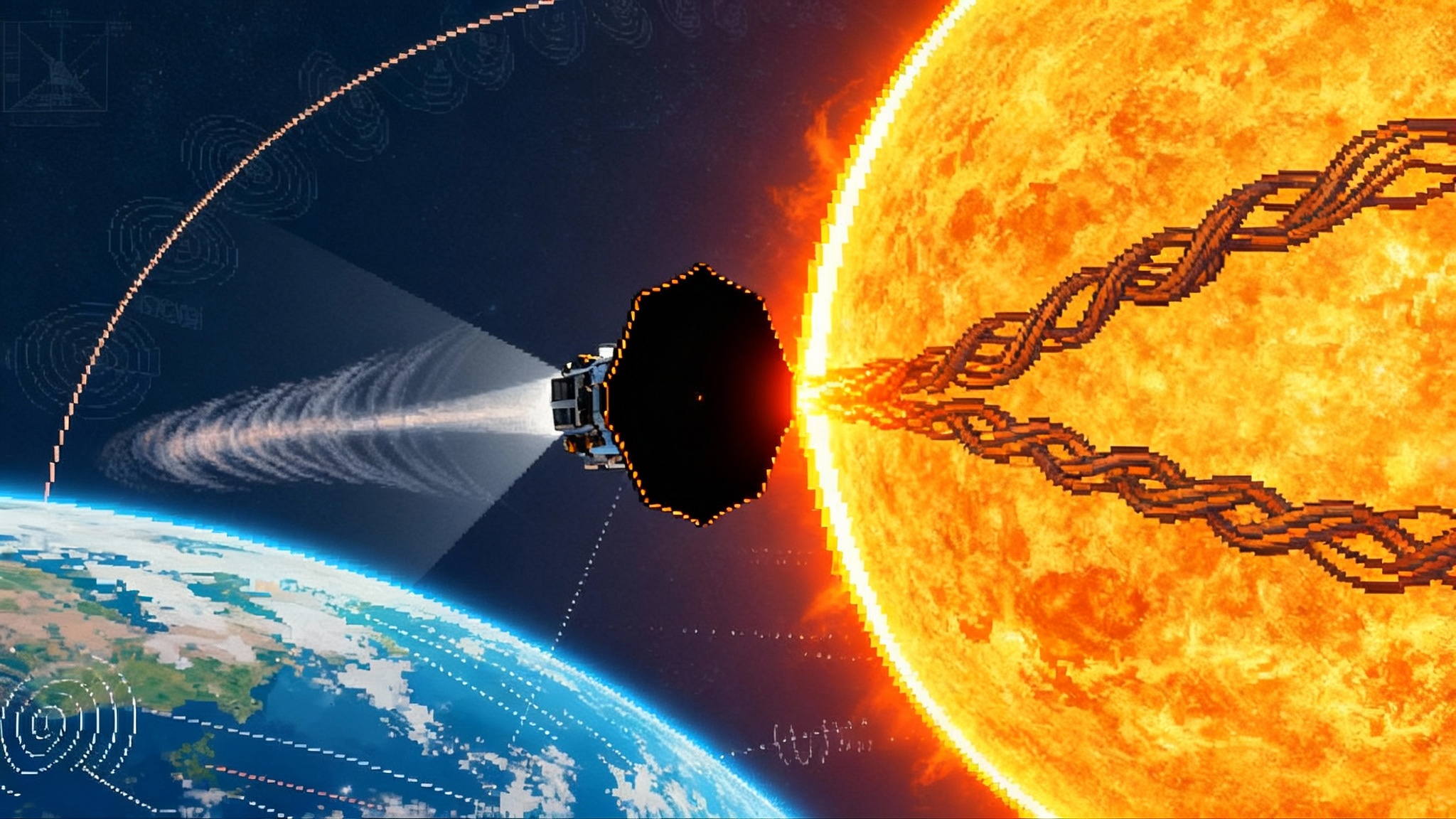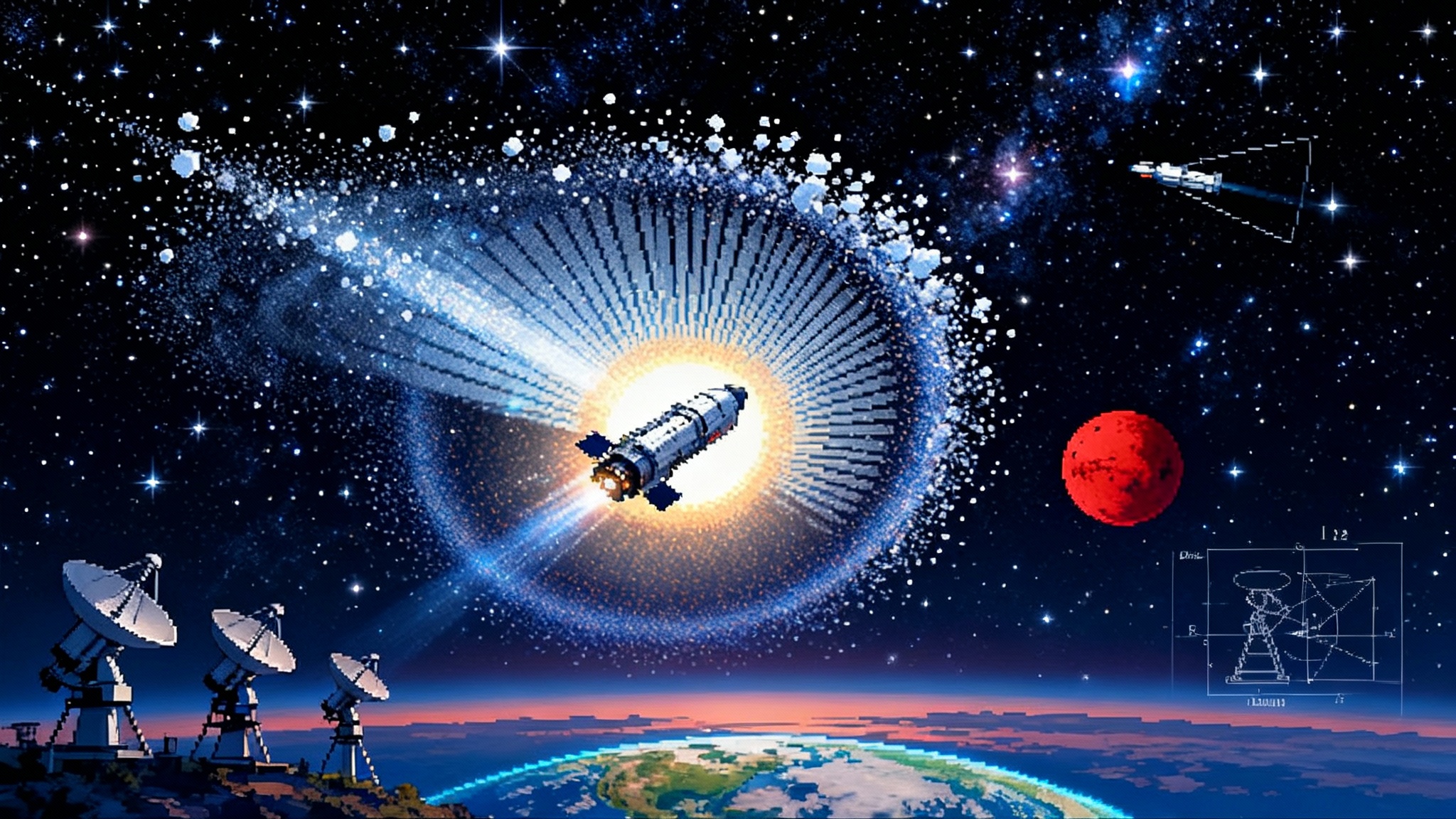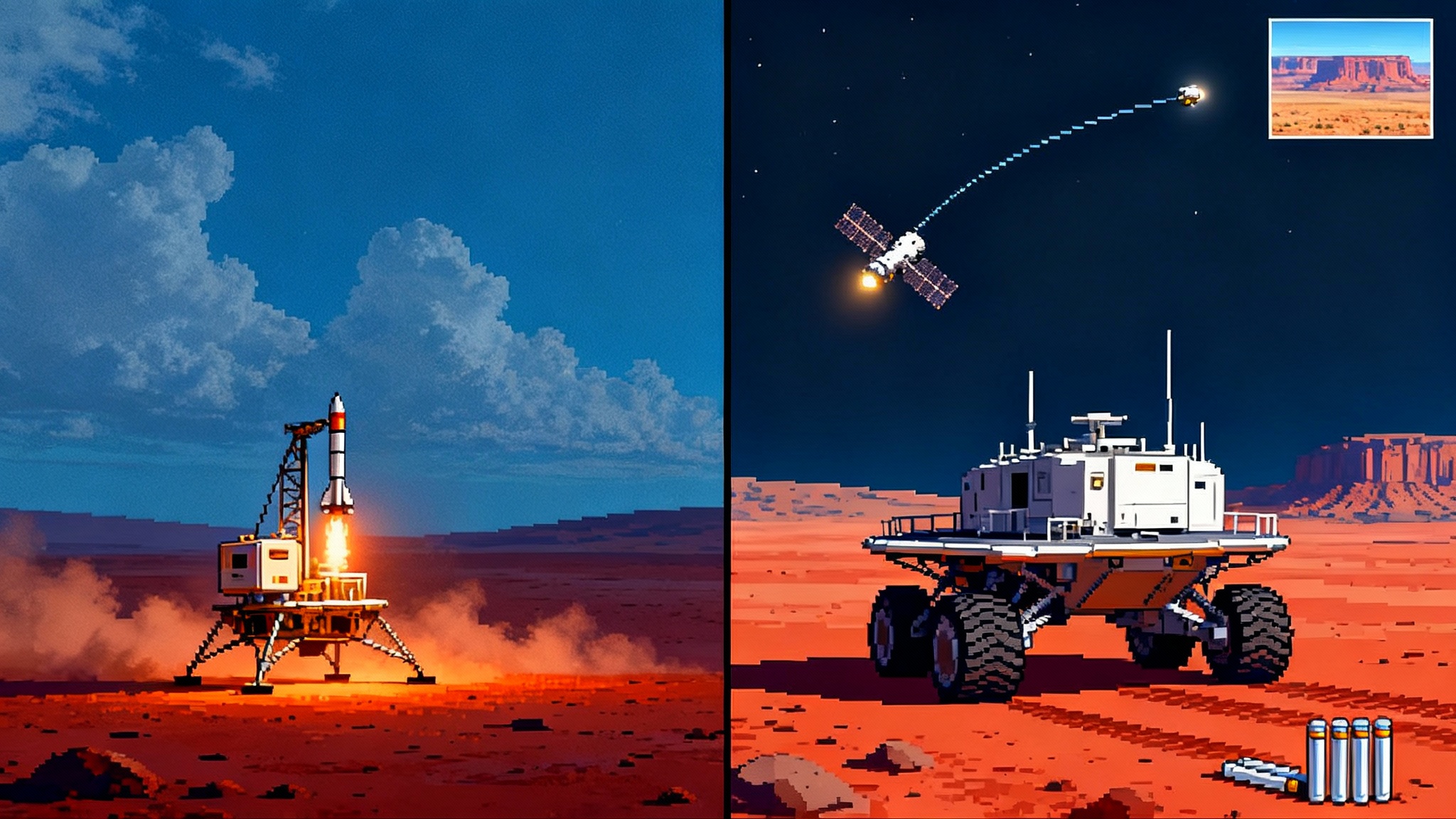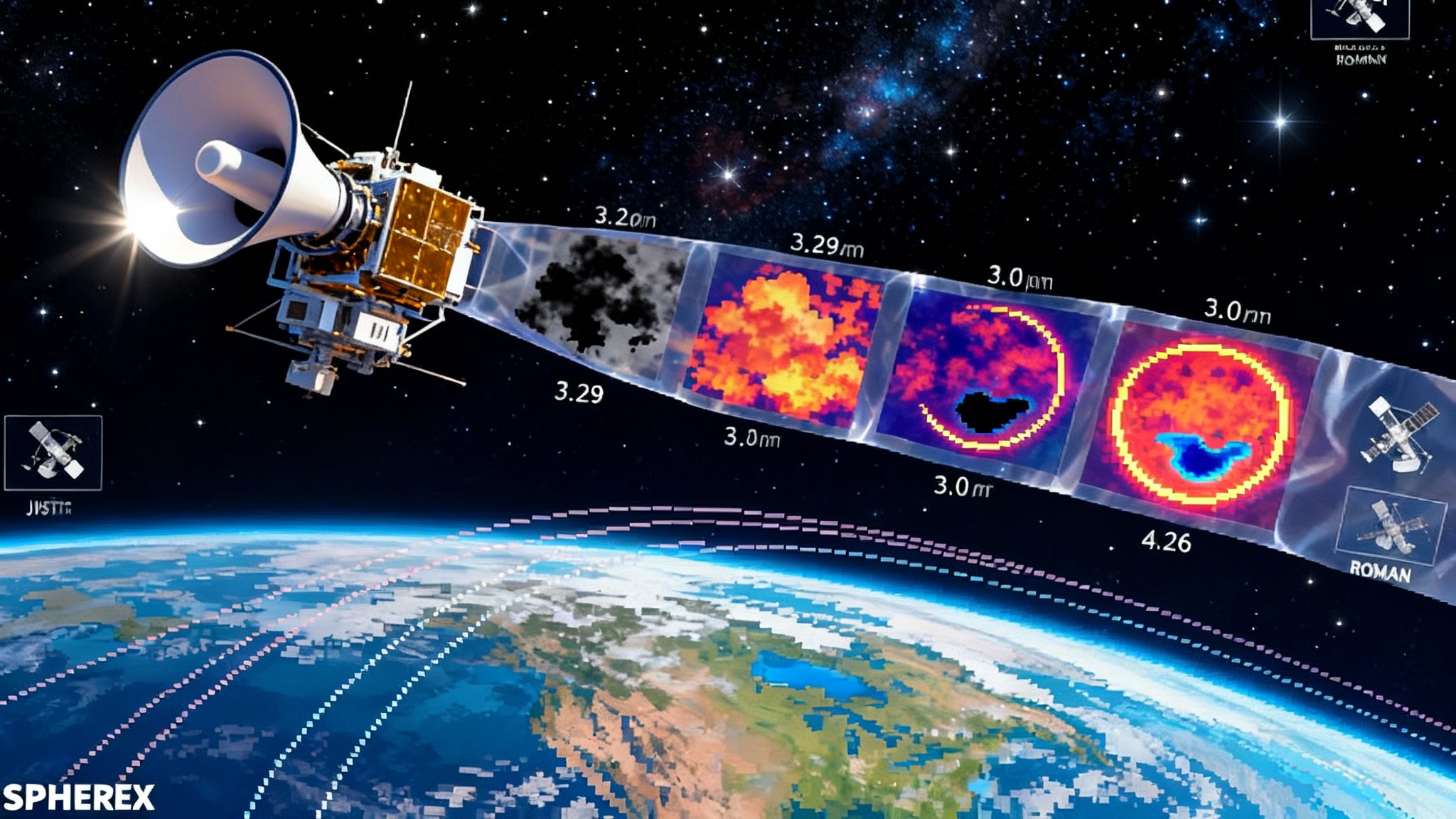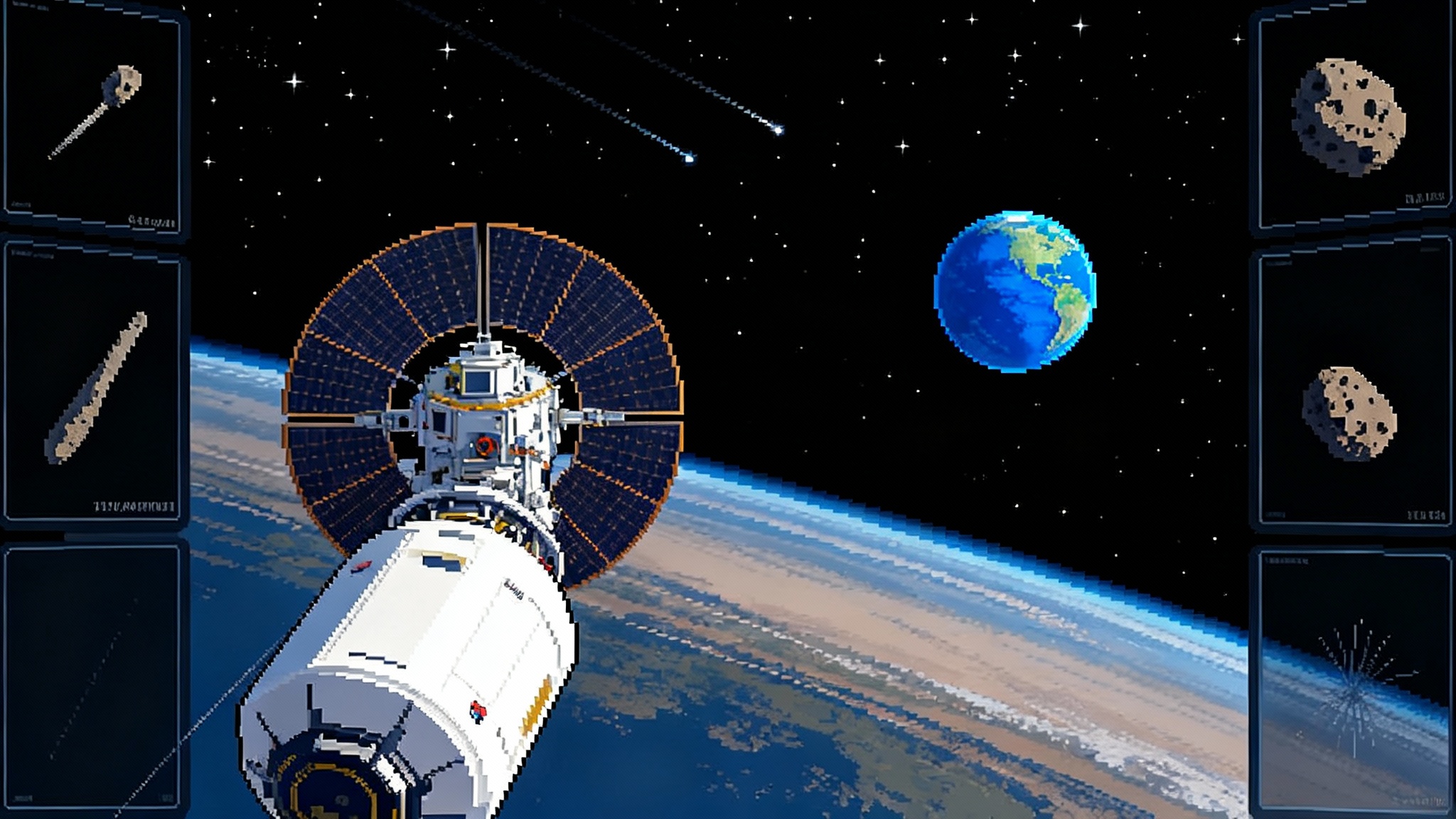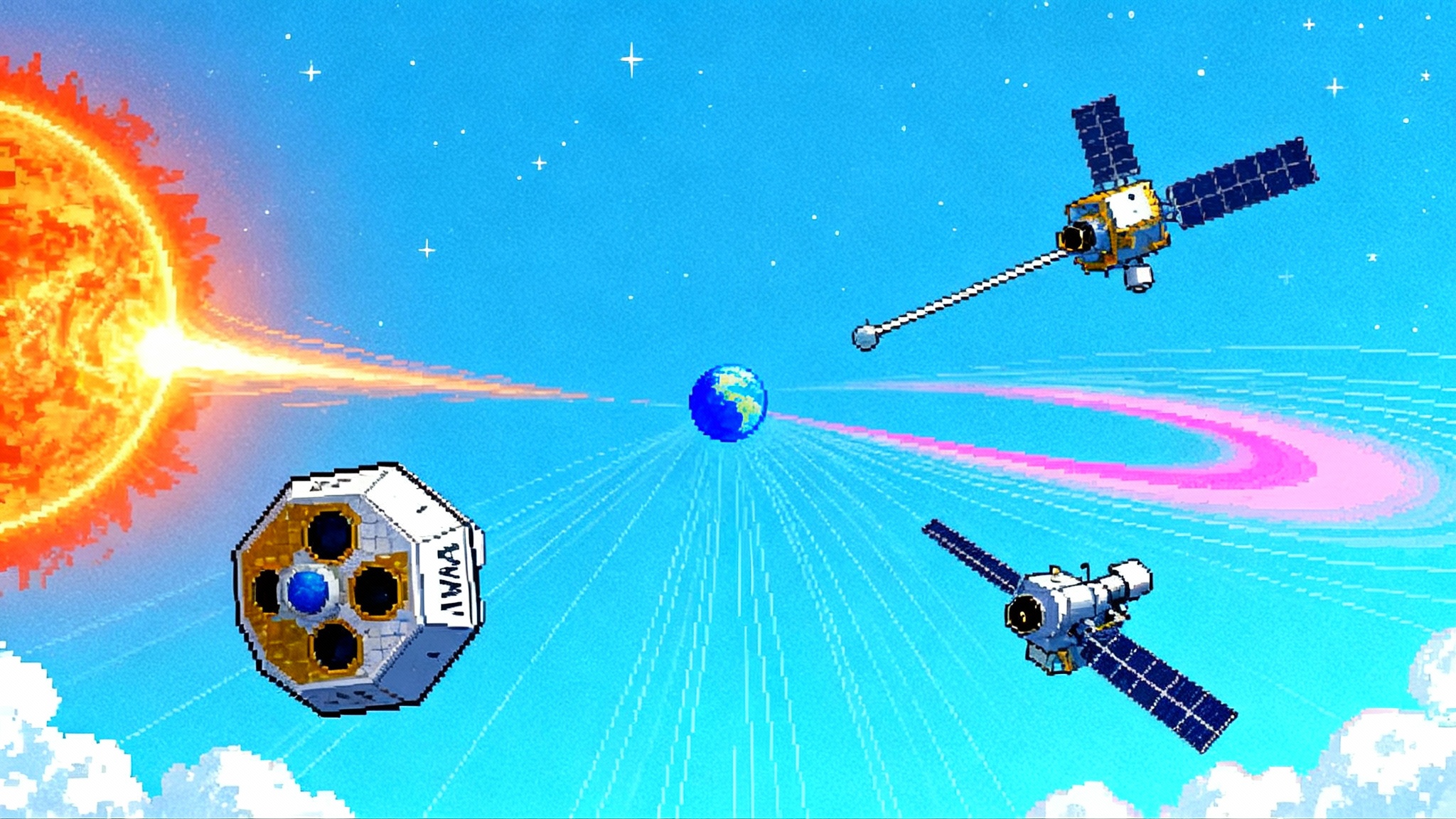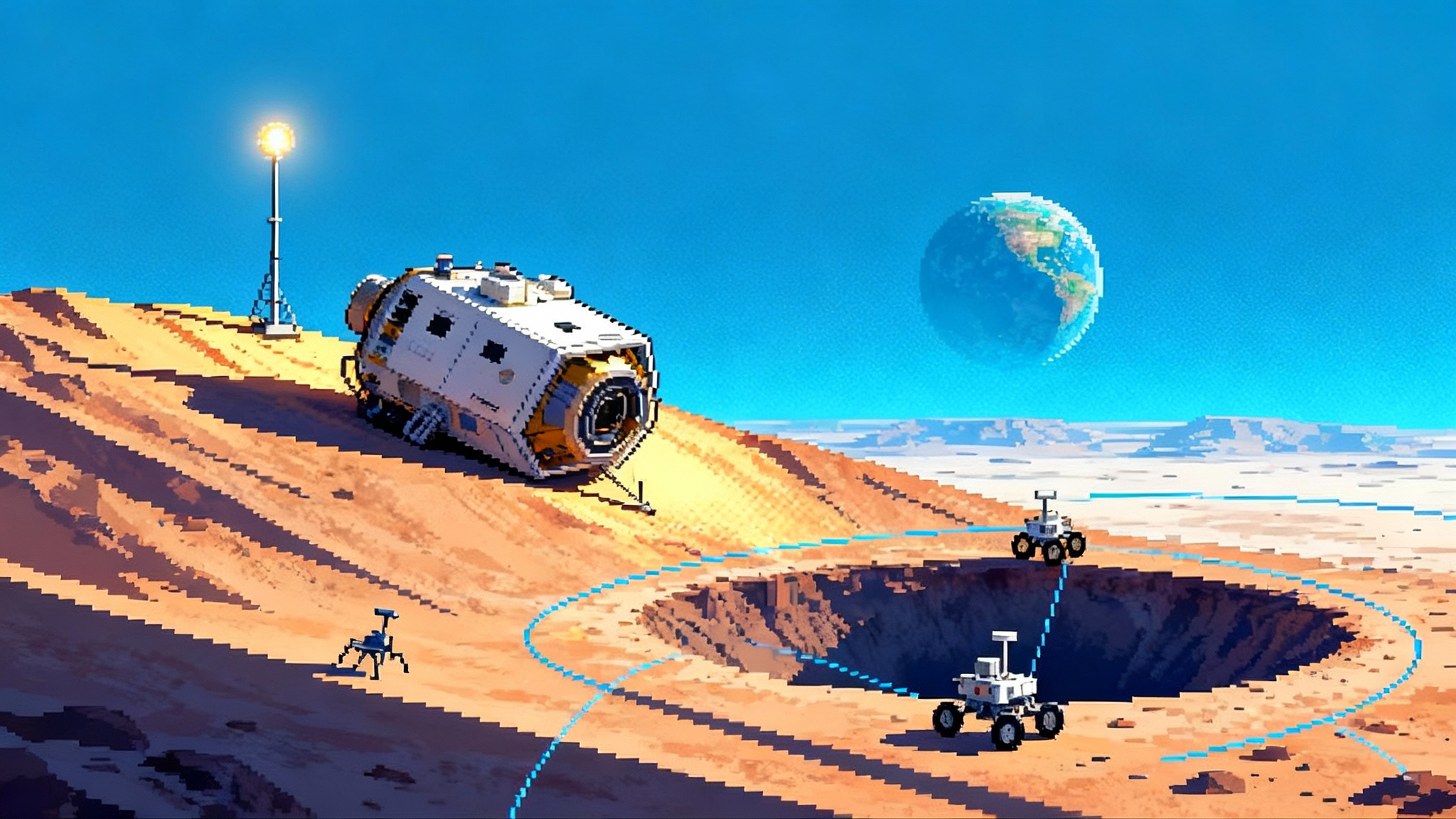Starship Flight 11 Signals the Start of Orbital Refueling
Flight 11 hit its marks and brought both stages down under control, clearing the runway for the first in‑orbit propellant transfers. Here is what refueling really takes, what to watch next, and how it could pull NASA’s Artemis timeline left.
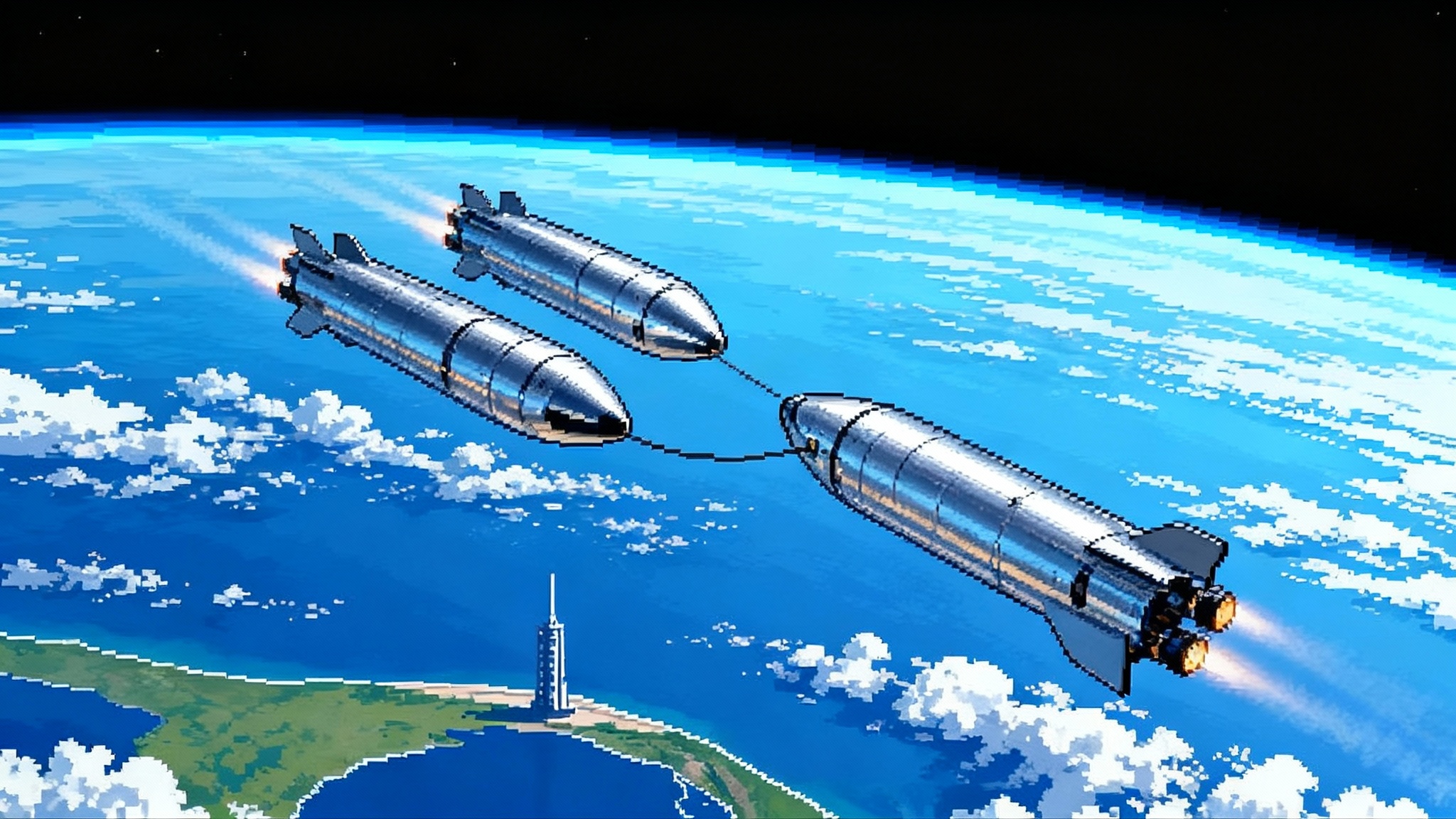
This week, a line was crossed
On October 13, 2025, SpaceX flew Starship for the 11th time and brought both stages back for controlled splashdowns after a full flight of test objectives. Engine relights, mass simulator deployments, and a disciplined reentry showed a system that now behaves on command. One line in the broadcast stood out: the current vehicle block is done, the upgraded hardware is next. That is engineering-speak for a new phase. The refueling era is at the door. For anyone charting the near future of spaceflight, this flight matters because it removes one of the last excuses to delay the first in-orbit propellant transfer between two vehicles. See the Reuters flight 11 report.
The upshot is simple. If Starship can take off when scheduled, hit its marks in flight, and guide both stages to predictable splashdowns, then SpaceX can start testing the feature that makes Starship more than a big rocket. Orbital refueling is what turns a heavy lifter into a deep space truck.
What orbital refueling actually is
Think of orbital refueling like midair refueling for aircraft, but hotter and colder at the same time. Starship runs on liquid oxygen and liquid methane, both cryogenic fluids that must be kept colder than any winter on Earth. In microgravity, those fluids slosh and form bubbles. To move them between vehicles, you need gentle settling thrust, pumps that do not cavitate, valves that tolerate frost, and plumbing that stays cold without cracking. You are also fighting boiloff, which robs you of the very fuel you are trying to store.
SpaceX has already executed a small transfer between internal tanks during an earlier test. The coming step is vehicle-to-vehicle transfer in orbit. That means two Starships will rendezvous, hold formation, mate a propellant umbilical, and move tons of cryogenic propellant with tight thermal control and precise bookkeeping. Success is not just about moving liquid. It is about showing that the transferred propellant is in the right tank, at the right temperature, ready to feed engines hours or days later.
Why it matters: refueling multiplies the reach of a launcher without making it bigger. A single Starship can reach orbit nearly dry and then fill up from a tanker. That approach is what underpins NASA’s plan to use a Starship variant as the Human Landing System for Artemis. It is also the only practical way to deliver hundred-ton payloads to lunar orbit and beyond without building a one-off rocket larger than any launch complex can handle. That capability supports science campaigns like Farside rocks rewrite the Moon.
The next 6 to 12 months, in three switches
1) Two-vehicle propellant transfer demos
What to expect: the first demonstrations are likely to start with conservative goals. Picture two ships in a low, accessible orbit. The tanker performs a series of pulses to settle liquid oxygen, then transfers a measured slug to the receiver. The teams record pressures, temperatures, and mass transferred, then separate and deorbit. Early runs may move only a few tons. The aim is to prove the choreography works: arrival, alignment, dock, settle, transfer, undock.
How to know it worked: SpaceX will publish plots that look boring to non-engineers. Expect timelines of valve openings, propellant temperatures, and ullage pressures, plus mass balance totals on landing. Watch for language like “stable stratification,” “subcooled margin,” and “no cavitation events.” Those are green lights in the world of cryogenics.
When: SpaceX has signaled that refueling tests are expected in the next calendar year. The upgraded Starship that follows Flight 11 will include hardware built for this job. If the first test reaches orbit cleanly and communications are solid, an initial two-vehicle transfer in the first half of 2026 is a realistic target. The range of outcomes is wide, but the forcing function is strong. Without successful transfers, the lunar lander cannot close its performance.
What could go wrong: valves can stick, seals can leak, and thermal gradients can surprise even a good model. The most common early hiccup will be bubbles and thermal transients that reduce transfer efficiency. That is why multiple short, repeatable demos are better than one long, heroic attempt.
2) Booster catches become routine, and ship catches appear on deck
SpaceX caught a Super Heavy booster at Starbase in 2024, then learned hard lessons about sensors, margins, and crosswinds. Since then, the company has chosen conservatism when needed, diverting to water landings to protect ground assets and keep the test cadence. The next year is about taking the drama out of the catch.
What to watch: a booster returning to the launch tower and being secured by the arms with no pauses in the final meters. The measure of progress will be turnaround time. A true step change arrives when SpaceX can catch, safe the stage, swap a handful of suspect engines, pressure test, and roll back to the pad inside a few weeks. That is where rapid reuse stops being a slogan and turns into scheduling power. After recurrent booster catches, the company will likely attempt the first controlled tower capture of the upper stage at Starbase. A caught ship avoids saltwater, which is a silent killer of reuse.
Why it matters: the refueling campaign for a lunar mission can require many tanker launches in a short window. If booster catches and upper-stage recoveries cut refurbishment to days rather than months, SpaceX can fly that bursty cadence without standing up a huge fleet.
3) Cape Canaveral pad activation
Pad work at Launch Complex 39A has accelerated, with a flame trench, deluge systems, and launch mount coming together. Environmental review is the gate that governs how the Cape comes on line. The Federal Aviation Administration’s draft environmental impact process for Starship operations at 39A is the frame for what happens next. You can follow that process in the FAA draft review for 39A.
Why Florida matters: the East Coast range enables higher inclinations and steadier launch weather across the year. Just as important, Roberts Road on the Cape is becoming a refurbishment and build hub. That shortens the loop between recovery, rework, and relaunch. In the best case, late 2025 sees integrated ground tests, with first Florida Starship flights as early as late 2025 or, more plausibly, 2026 depending on licensing and range schedules. When both Starbase and the Cape are active, the program gains resilience. Weather, maintenance, and local closures become manageable variables instead of hard stops.
Pulling NASA’s lunar plans to the left
The United States’ path back to the Moon hinges on a handoff. NASA’s Orion spacecraft carries astronauts to lunar orbit. SpaceX’s Starship Human Landing System ferries them to the surface and back. Between those points is a dependency chart that touches nearly every system Starship has to prove: multiple launches inside a week, repeated tanker flights, a stable propellant depot, precision rendezvous, a cryogenic transfer that preserves engine-ready fuel, and a lander variant that can execute dust-safe, crew-safe terminal descent.
What changes after Flight 11 is confidence in the basics. With a second consecutive clean flight in the books and an upgraded vehicle rolling to the pad, SpaceX can de-risk the very tasks that sit on NASA’s critical path. If two-vehicle transfer works in early 2026 and if booster catches compress turnaround to weeks, NASA’s risk chart changes shape. Items that read “unknown” become “manageable.” That does not guarantee a specific crewed landing date, but it can keep the agency closer to a 2027 window for Artemis III than recent delays suggested.
Here is the practical effect inside NASA programs: early success in refueling lets mission designers finalize margins for the lander and commit to specific rendezvous altitudes and timelines. It also allows training teams to lock procedures. Missions hate fluid assumptions. The sooner propellant transfer becomes routine, the sooner everything else can freeze and move from design to operations.
Why refueling plus rapid reuse reshapes the 2030s
Launchers have always been trucks with tiny fuel tanks. They burn almost everything to reach orbit and rarely have enough left to go somewhere useful. Orbital refueling flips that script. With a functioning tanker chain, you can leave the gas station on Earth and top up upstairs. Once you have that, logistics look like this:
- A cadence of eight to twelve tanker launches fills a depot or a waiting lander in low Earth orbit. The exact number depends on how much boiloff SpaceX can avoid and how efficiently the transfer works.
- A fueled lander or deep space ship departs for cislunar space, performs its mission, and either returns for reentry or parks for reuse.
- Meanwhile, the tankers cycle back to a refurbishment line a few miles from the pad, not a continent away.
This model does more than support Moon landings. It enables routine heavy cargo runs to lunar orbit for construction materials, large science payloads, and surface logistics. Expect tighter integration with commercial landers like Blue Ghost made the Moon commercial. It also gives NASA and commercial operators a way to assemble and boost giant observatories that do not fit under any fairing, aligned with surveys such as Euclid’s 2025 releases. When the marginal cost per ton to orbit drops and the same hardware flies again within weeks, entirely new businesses appear. Tug operators that reposition geostationary satellites. Resource prospectors that deliver multi-ton payloads to near-Earth asteroids. University labs that book full Starship bays for multi-instrument, multi-destination campaigns.
The quiet revolution is that schedules begin to look like airline schedules instead of one-off events. With two coastal pads and catch-capable towers, a delayed launch at Starbase can be backfilled by a Cape slot. Tanker launches can be interleaved with payload flights. The risky part of the job becomes the science target, not the ride.
The checklist that decides how fast the future arrives
Every push to the right on a timeline usually has a name and a mechanism. Here are the specific items that will govern whether the refueling era opens quickly or drags:
- Cryogenic transfer stability: engineers must demonstrate that methane and oxygen can be transferred at meaningful flow rates without gas ingestion. Expect iterative plumbing and software changes over several flights.
- Boiloff management: SpaceX’s insulation, active cooling, and sun-pointing strategies will decide whether a refill campaign needs eight tankers or fourteen. A few percentage points of loss per day becomes mission defining over a week.
- Rendezvous and docking reliability: autonomous alignments will have to work in less-than-ideal lighting and in orbits not chosen solely for convenience. Reliable, quick docking reduces time on orbit and boiloff.
- Raptor engine robustness: if one engine out on the booster or the ship no longer breaks a mission profile, confidence grows. Fewer hot swaps after landing shrink turnaround.
- Ground system readiness at 39A: the Cape systems must prove they can support brisk tanking, water deluge, and catch operations without long cooling or inspection holds between flows. The FAA licensing timeline and range coordination will be as important as welding and concrete.
None of these are hand waves. They are specific work packages with test plans and acceptance criteria. The encouraging sign is that they are now addressable in flight, not just on paper.
A realistic 12-month watchlist
- Fourth quarter 2025: first integrated ground runs of the upgraded Starship at Starbase, and visible progress on the 39A flame trench and launch mount. Expect a booster catch attempt if weather and tower sensors cooperate. If conditions are marginal, SpaceX will choose splashdown to protect the schedule.
- First quarter 2026: first upgraded Starship flight with hardware and software designed for propellant transfer. Most likely profile is a clean orbit with a short-duration rendezvous rehearsal without plumbing connection.
- Second quarter 2026: initial two-vehicle transfer of small quantities of liquid oxygen, followed by more ambitious runs that add liquid methane and longer dwell times. Success metrics will be about temperature, pressure stability, and mass totals rather than headline tonnage.
- Mid to late 2026: first Florida Starship launch from 39A if licensing and ground checks complete on time. If Florida flies, watch how quickly vehicles cycle through Roberts Road for refurbishment. That will tell you how close SpaceX is to tanker burst campaigns.
- 2027 window: with working refueling, NASA’s Artemis III mission planning regains margin. Spacesuit readiness and Orion ground systems remain constraints, but the Starship link in the chain shifts from unknown to known.
The bottom line
Flight 11 felt different because it made the next questions sharper. The story is no longer whether Starship can survive ascent and reentry. It is whether two of them can meet, connect, and move cryogenic propellant cleanly, and whether caught hardware can be turned in weeks rather than seasons. The next year is about proving those two things in public.
If they happen, NASA gets more than a contractor milestone. It gets options. It can keep a 2027 landing in play with real performance data rather than optimistic models. It can plan cargo runs that lay groundwork before astronauts arrive. And it can budget for heavier science missions that no longer need to trim to the last kilogram.
Most breakthroughs in spaceflight are loud. This one will be quiet. Two stainless steel ships will drift together against the night side of Earth, a short pipe will click into place, valves will open, and numbers on a console will change. When those numbers look boring for long enough, everything else gets exciting. That is how the orbital refueling era begins.
